Investigation of Caerleon Armour: X-radiography
28 October 2011
After having managed to break the large soil block up into small enough blocks to get into the x-ray machine, I finally began the task of x-raying the archaeological artefacts.
For this, I had the chance to use the Museum’s newly acquired computerised radiography system. Here, instead of using the traditional wet-plate method requiring film and much time spent in a dark room, we use a phosphor plate which can be used around 1000 times. This plate is read by a scanner, and an image produced within about 45 seconds.
This new system has allowed us to capture so much more detail about the inside of the blocks and the condition of the armour than would ever have been possible using the traditional method. The x-ray records the density of materials at every point, and the software used to view the image allows for manipulation in much the same way as programs like Photoshop: we can zoom into areas of the image, adjust brightness and contrast, apply filters, invert the negative, etc. Thus far all of the features have been x-rayed, and the results have been astounding: I have included copies of the images, complete with annotations. It would appear that a lot more existed beneath the surface excavated than previously supposed.
I had hoped that the x-rays could be used as a guide for further excavation of the features and eventual extraction of the artefacts: however, the condition of the metal inside suggests almost complete mineralization of the iron, and cautions against this course of action. The most that can really happen with these soil blocks now is that they are extensively x-rayed, and stored safely in case of future research.
Aside from highlighting areas of interest on the x-rays, and explaining certain phenomenon, my role as conservator for this project has come to an end. Now, curators, archaeologists and specialists will have to identify objects in the x-rays, marry up these images with the photographic record of my excavation, and begin to tie this information into the narrative of the site overall.
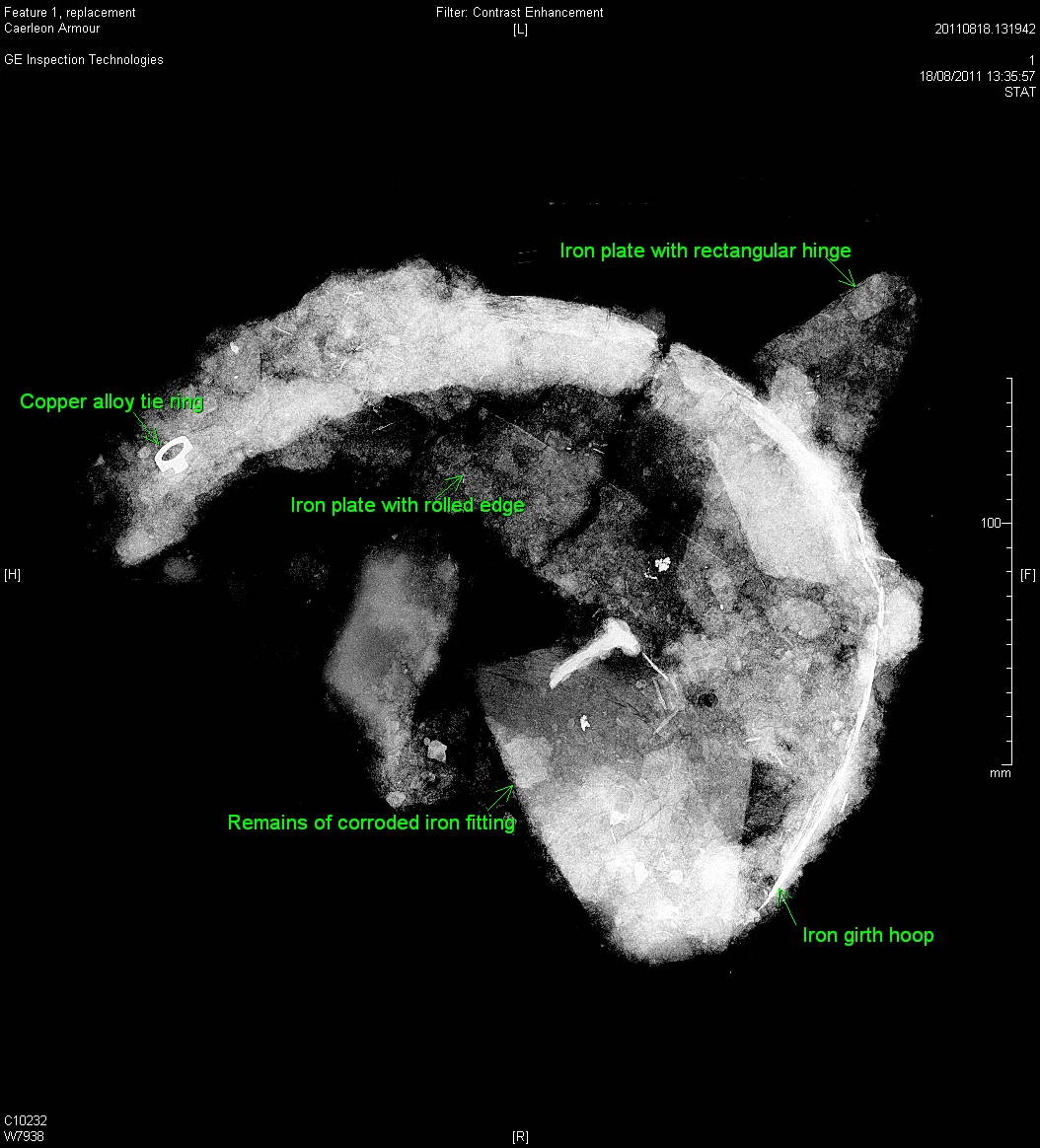

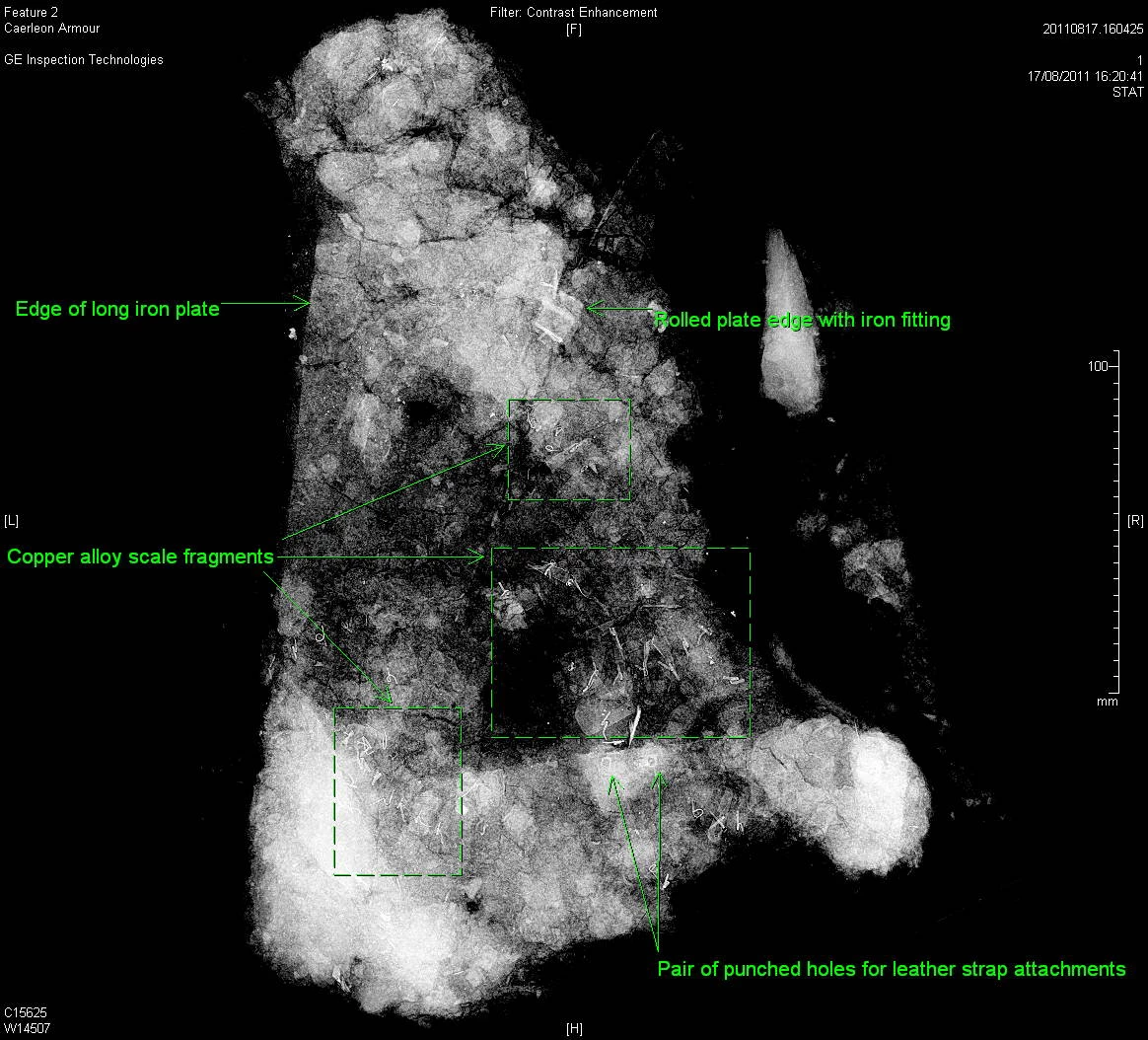
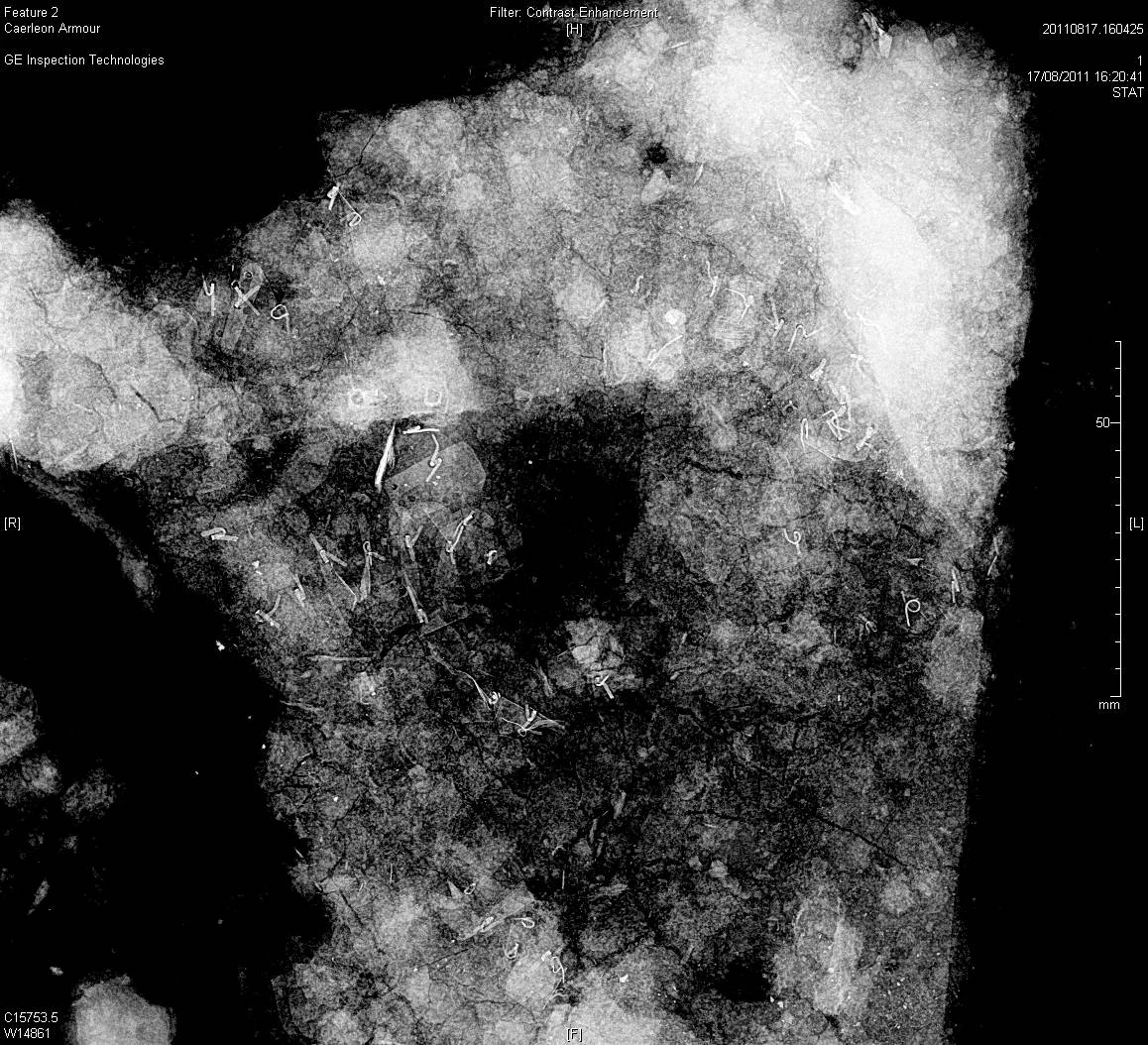
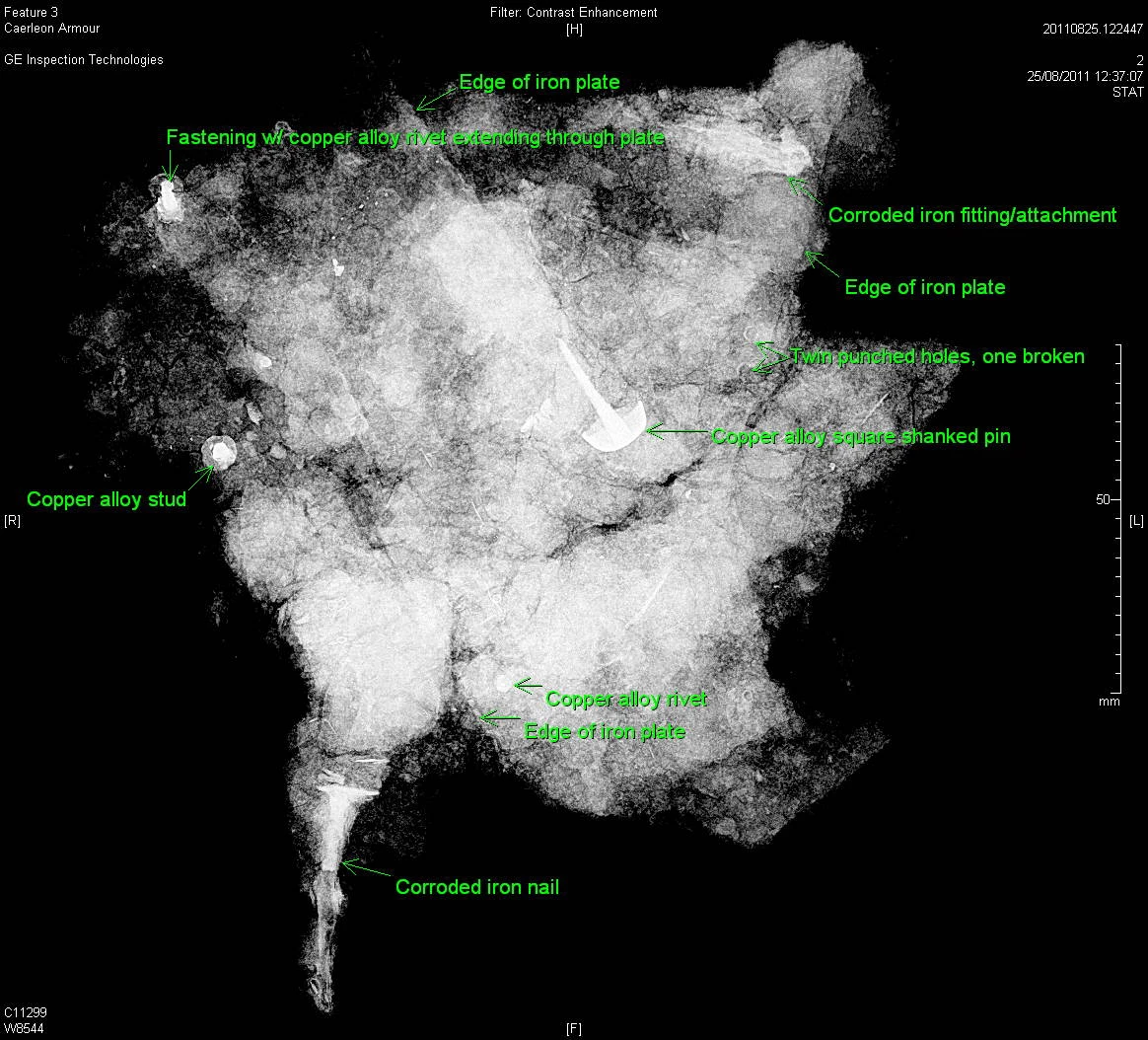
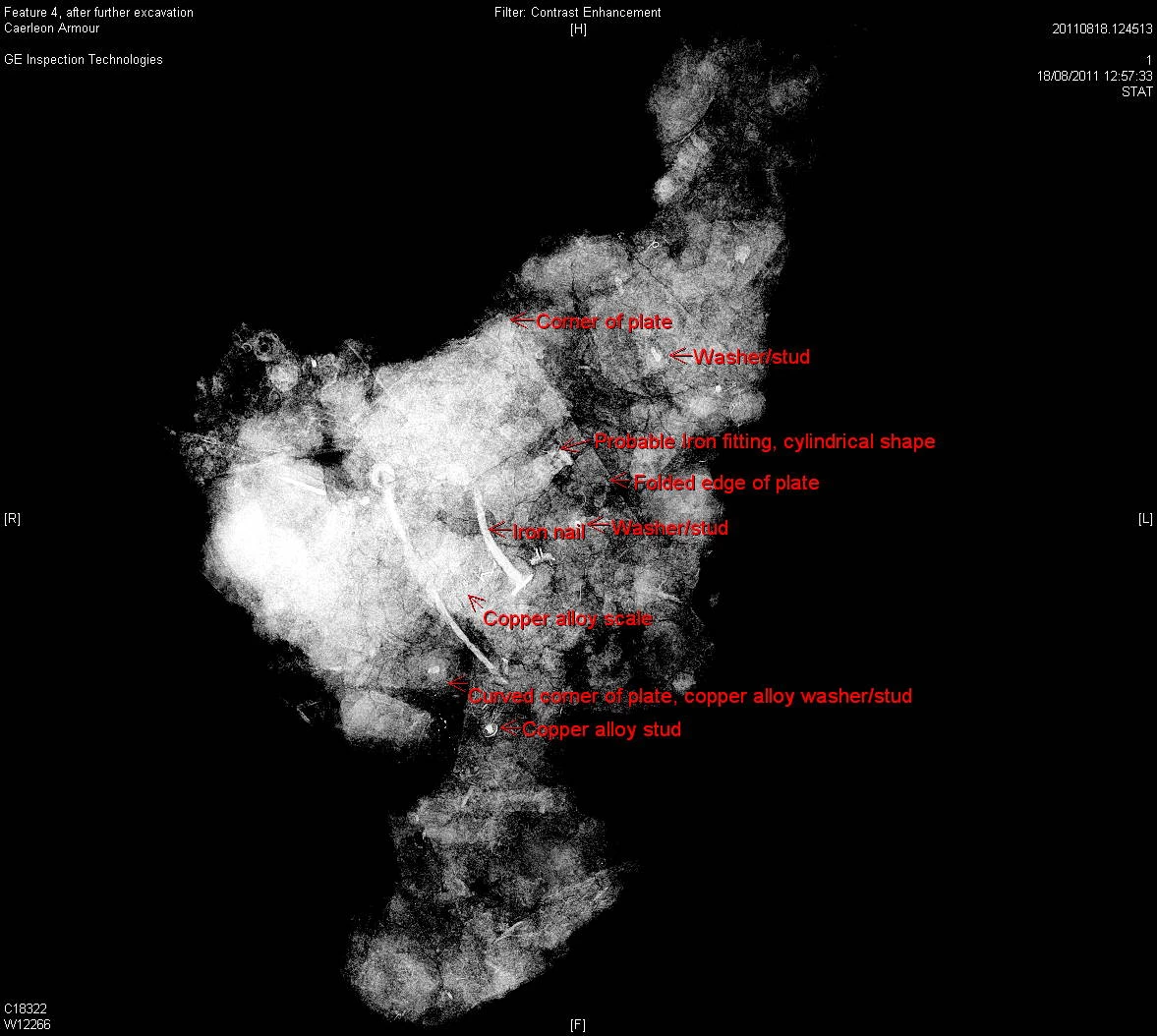
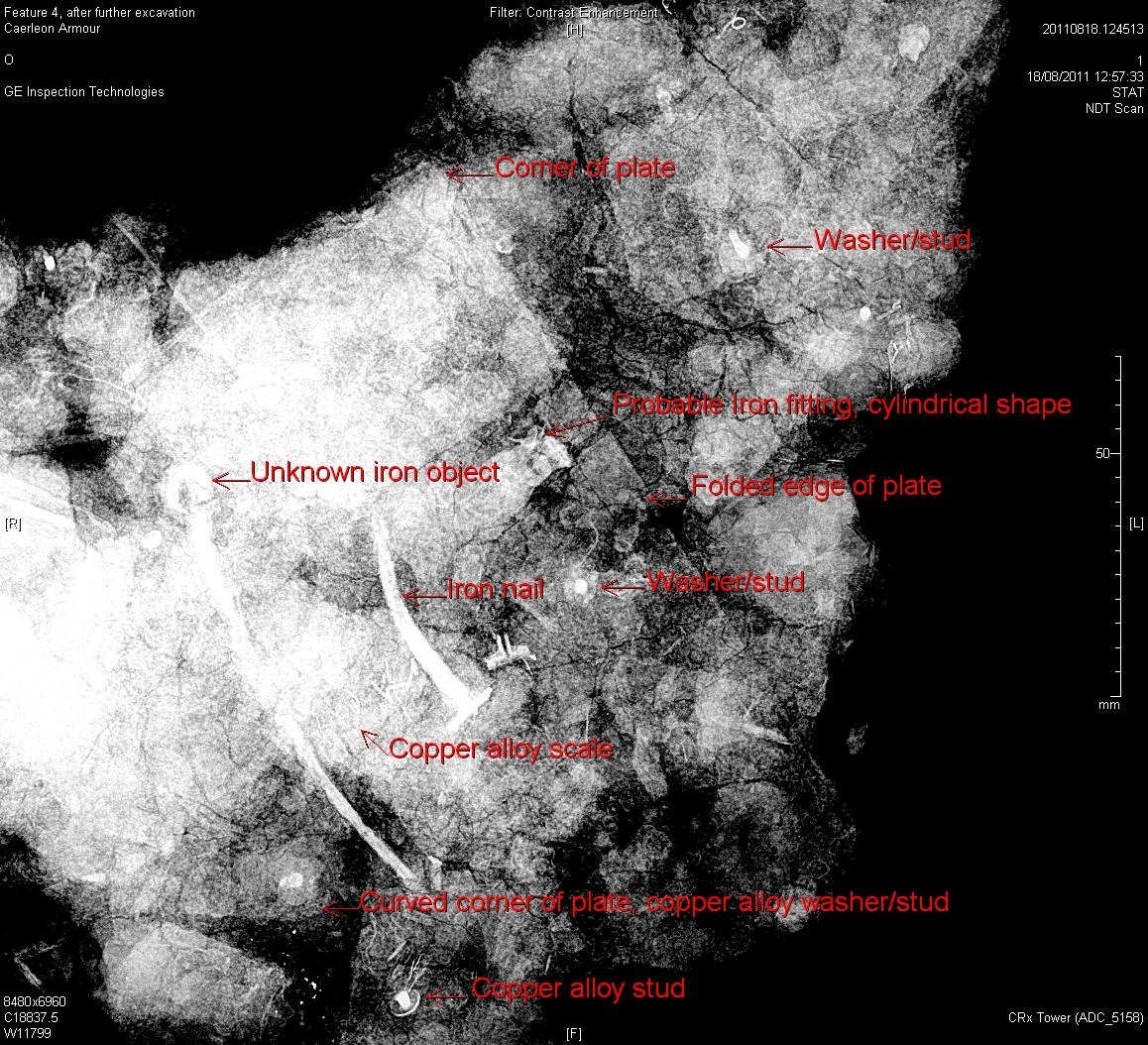

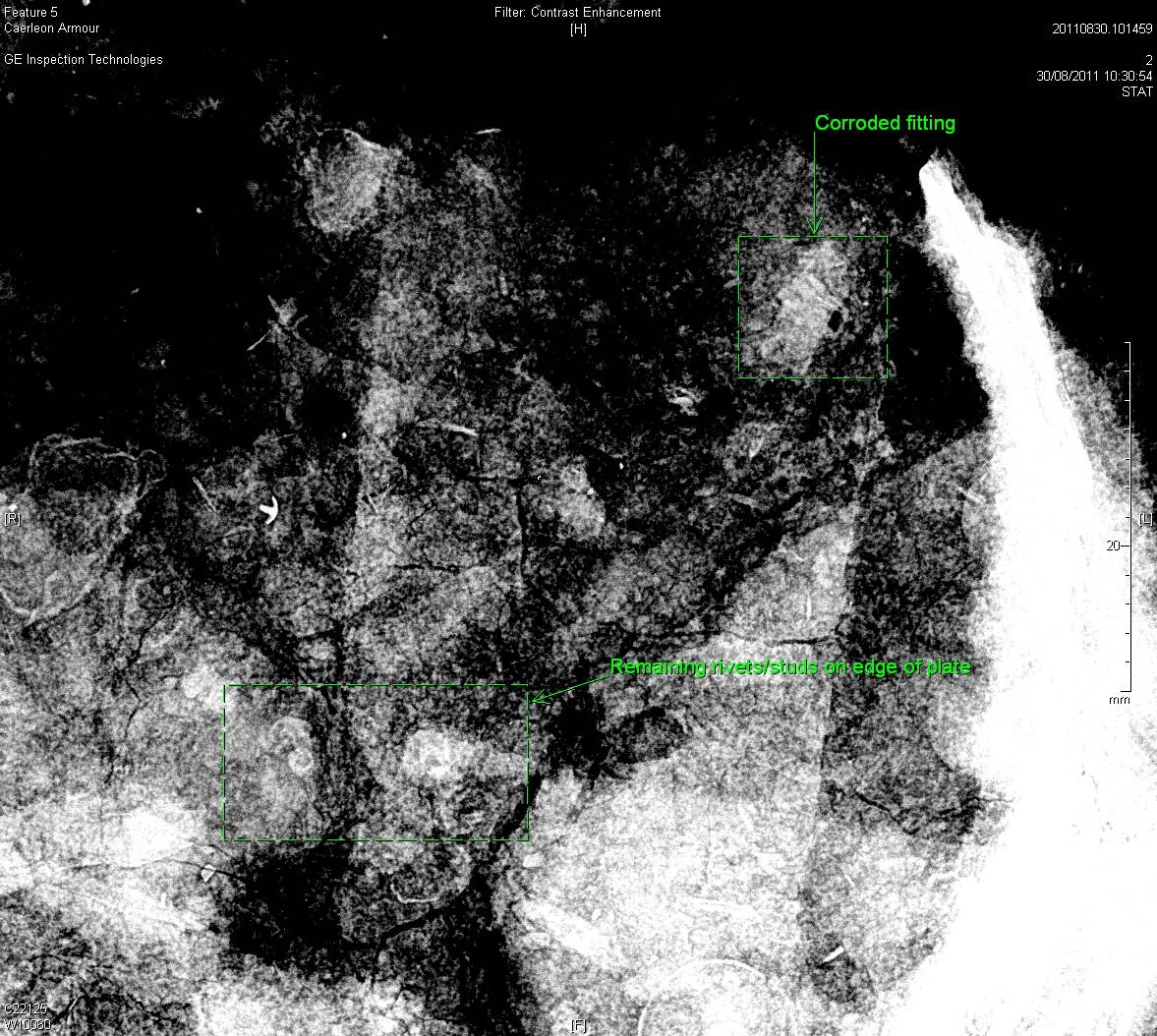
Comments - (1)